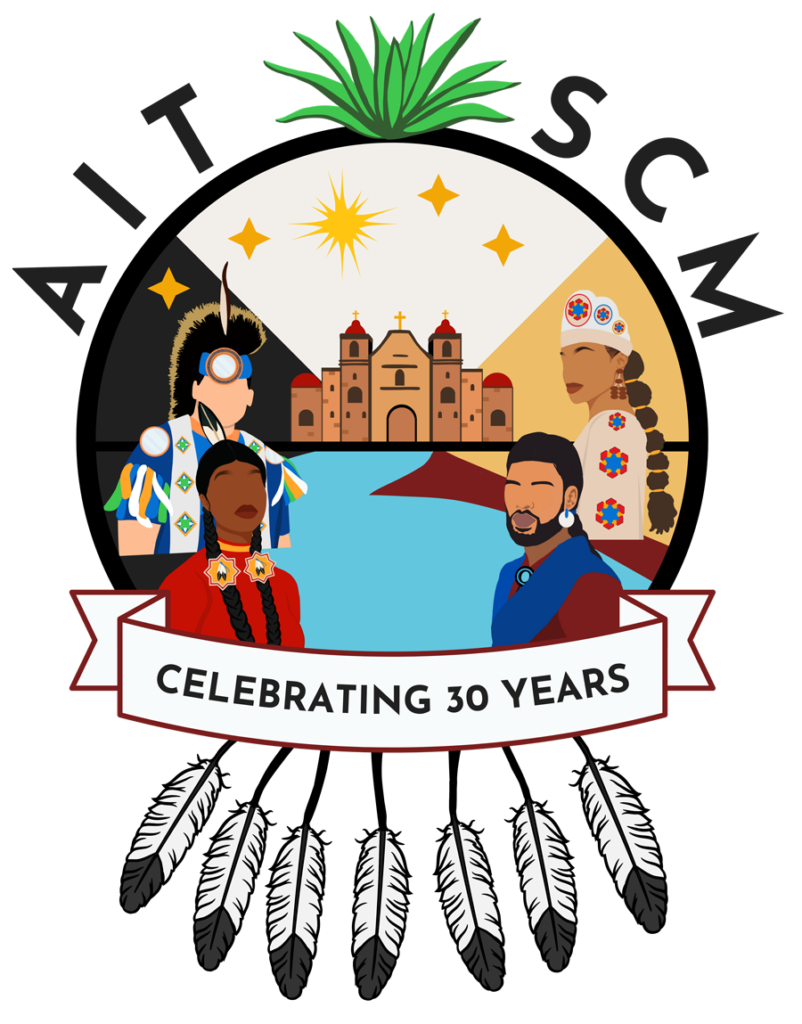Written by Jahsanna Randolph and Elena Enriquez
Pecans were an extremely significant part of pre-colonial Coahuiltecan diets. Packed with fiber and monounsaturated fats, they served as a major food source for multiple bands of Native Americans throughout Texas. Pecans were typically eaten raw, mixed into other dishes, or ground into flour and baked into bread. These healthy and filling nuts were a primary source of calories, fats, and beneficial nutrients that prepared the Coahuiltecan for the winter months.
According to Spanish accounts, the Payaya band of Coahuiltecans gathered pecans in “great quantities.” They would carry excess harvests in small hide bags or thread them on long strings for easy transport. For the Mariames band, these fall harvests would be their major food source until prickly pear harvests later in the year. The Maramee pecan variety is most likely named after this band.

Pecan groves were a sacred place for many tribes. They served as ceremonial grounds as well as a gathering place to trade goods and share stories of the year. Multiple bands would gather to the same groves each season, returning over the generations to tend to the groves and to build relationships with one another.
“Pecan” comes from the Algonquin word Pacane, meaning a nut requiring a stone to crack its shell. In addition to the nutritional value, pecans were also used medicinally. The tree bark and leaves contain antimicrobial and anti fungal properties and were said to treat ringworm and other topical ailments.

At AIT-SCM we have a special appreciation for pecans! We love gathering our community at our annual Pecan Harvest Dinner and Gala, where we celebrate the year and share a feast highlighting this important crop, as well as a variety of traditional foods of Yanaguana.
Sources:
https://www.texasbeyondhistory.net/st-plains/peoples/coahuiltecans.html
Pecan Trees And Their Proud Texas History
